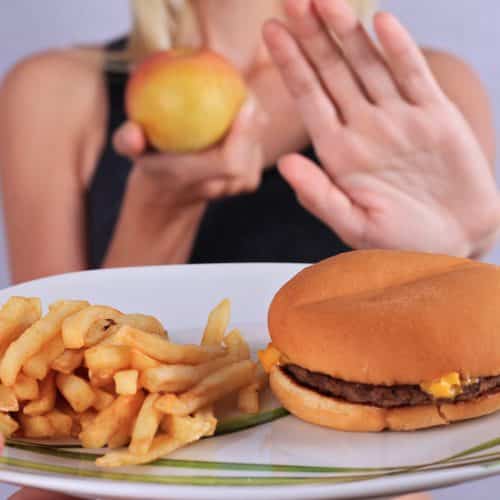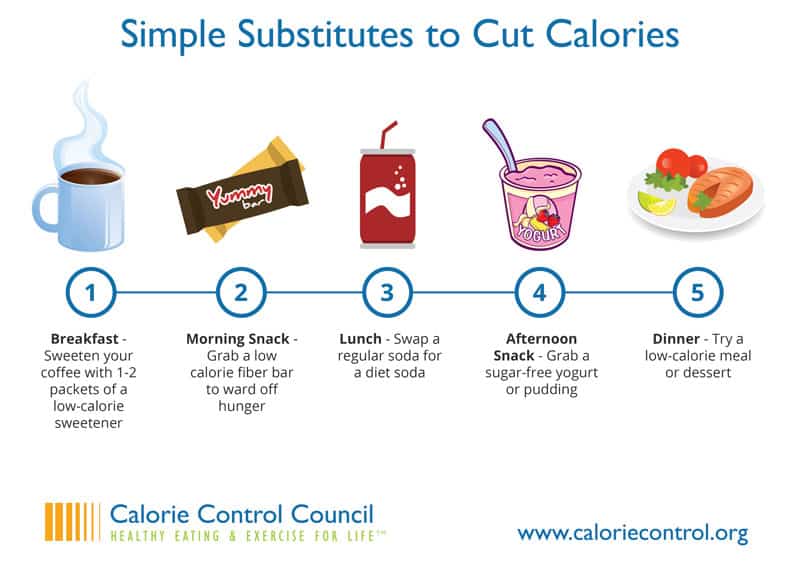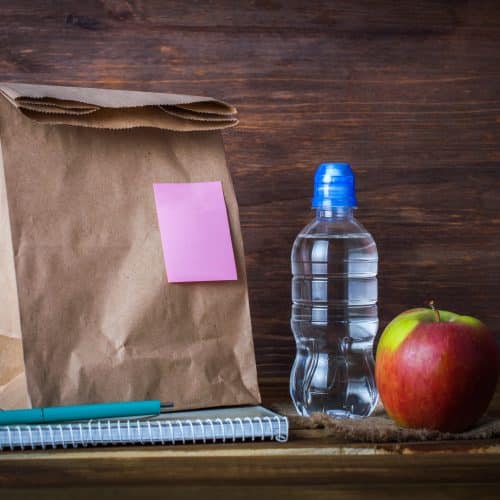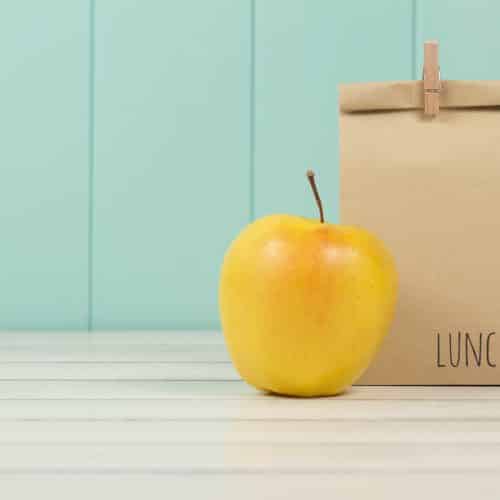
As a registered dietitian, I’ve been trained to encourage people to eat in moderation. Sounds reasonable, doesn’t it? So, well, er … moderate. I was feeling pretty smug about the moderation message until recently when someone threw down a tweeted gauntlet.
What IS moderation?
There it was. The tweet was challenging me to define a very subjective term – and in no more than 140 characters! I thought for a moment and tweeted in reply: “Moderation is eating less than you’d like of the foods you like!”
OK, I know my somewhat smarty-pants tweet didn’t really answer the question, but I will try to do that now that I have much more space to post a response.
Moderation is Personal
Dietary and caloric needs vary from person to person which means that what is moderate intake for one person can be excessive or inadequate for another person. The first step to define moderation for you is to determine your recommended target intakes for grains, fruits, vegetables, dairy, and protein as well as the total number of calories you should consume each day. An easy way to do this is to go to the USDA’s SuperTracker site.
After you create a profile and enter in your age, height, weight, gender, and physical activity level, the site will give you a personal plan that shows your daily food group targets including what and how many servings to eat within your calorie allowance. Then you can enter what you’re actually eating each day in Food Tracker to see where you stand. Are you getting enough vegetable servings each day? Are you getting too many grain servings? How about total calories?
Easy Changes You Can Make
Using this site, you can also see if you’re overeating one or more of the macronutrients — proteins, fats, or carbohydrates — by generating a Nutrients Report. Calories from proteins should be 10-35%, from fats 20-35%, and from carbs 45-65% of your total recommended calories.
If you regularly exceed the recommended percentage of carbs:
- Choose more whole grain products instead of those made with refined grains
- Choose whole fruits instead of fruit juice
- Choose water and beverages sweetened with low and no-calorie sweeteners
- Fill up on low carb vegetables instead of breads, rice, and pasta
If you regularly exceed the recommended percentage of fats:
- Choose leaner food preparation techniques such as roasting or grilling instead of frying
- Many proteins carry fat with them, so look at the proteins you’re eating to see if you can substitute leaner versions such as chicken breast without the skin for dark meat chicken with the skin; top round beef instead of ribeye steaks; low or fat free dairy instead of full fat versions
- Use butter, margarines, oils, and cheese sparingly
- Use low fat or fat free salad dressings and mayonnaise
If you regularly exceed the recommended percentage of proteins:
- Choose more plant-based proteins like legumes instead of animal proteins
- Limit your portion size of animal proteins to a 3 oz serving (about the size of a deck of cards)
- Follow the USDA’s MyPlate recommendations and keep protein to less than one-quarter of the space on your plate

One Last Tip …
Don’t let inflated portion sizes get in the way of your quest for moderation. You may underestimate how much you’re actually eating because you’re unsure what an appropriate portion size should be – hint: it’s probably smaller than you think! The USDA’s “Portion Distortion” section can help with that. It has two fun quizzes to give you a better idea of just what a moderate serving should look like.
 Ellen Stokes, MS, RD, LD is an award-winning video producer, director, and writer in addition to being a registered dietitian. Ellen writes and creates videos about nutrition education, food safety, menu planning, grocery shopping, and healthful cooking on a budget. Ellen has worked with organizations and companies including WebMD, the Partnership for Food Safety Education, and the University of Georgia Food Science Department. Ellen formerly worked for CNN as a writer and producer and teaches food safety and nutrition for Georgia State University. Check her out on Twitter @EllenS_RD.
Ellen Stokes, MS, RD, LD is an award-winning video producer, director, and writer in addition to being a registered dietitian. Ellen writes and creates videos about nutrition education, food safety, menu planning, grocery shopping, and healthful cooking on a budget. Ellen has worked with organizations and companies including WebMD, the Partnership for Food Safety Education, and the University of Georgia Food Science Department. Ellen formerly worked for CNN as a writer and producer and teaches food safety and nutrition for Georgia State University. Check her out on Twitter @EllenS_RD.




